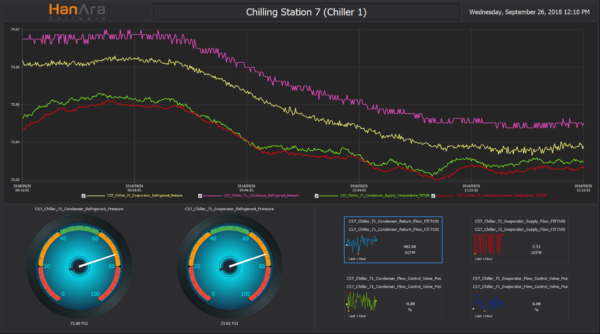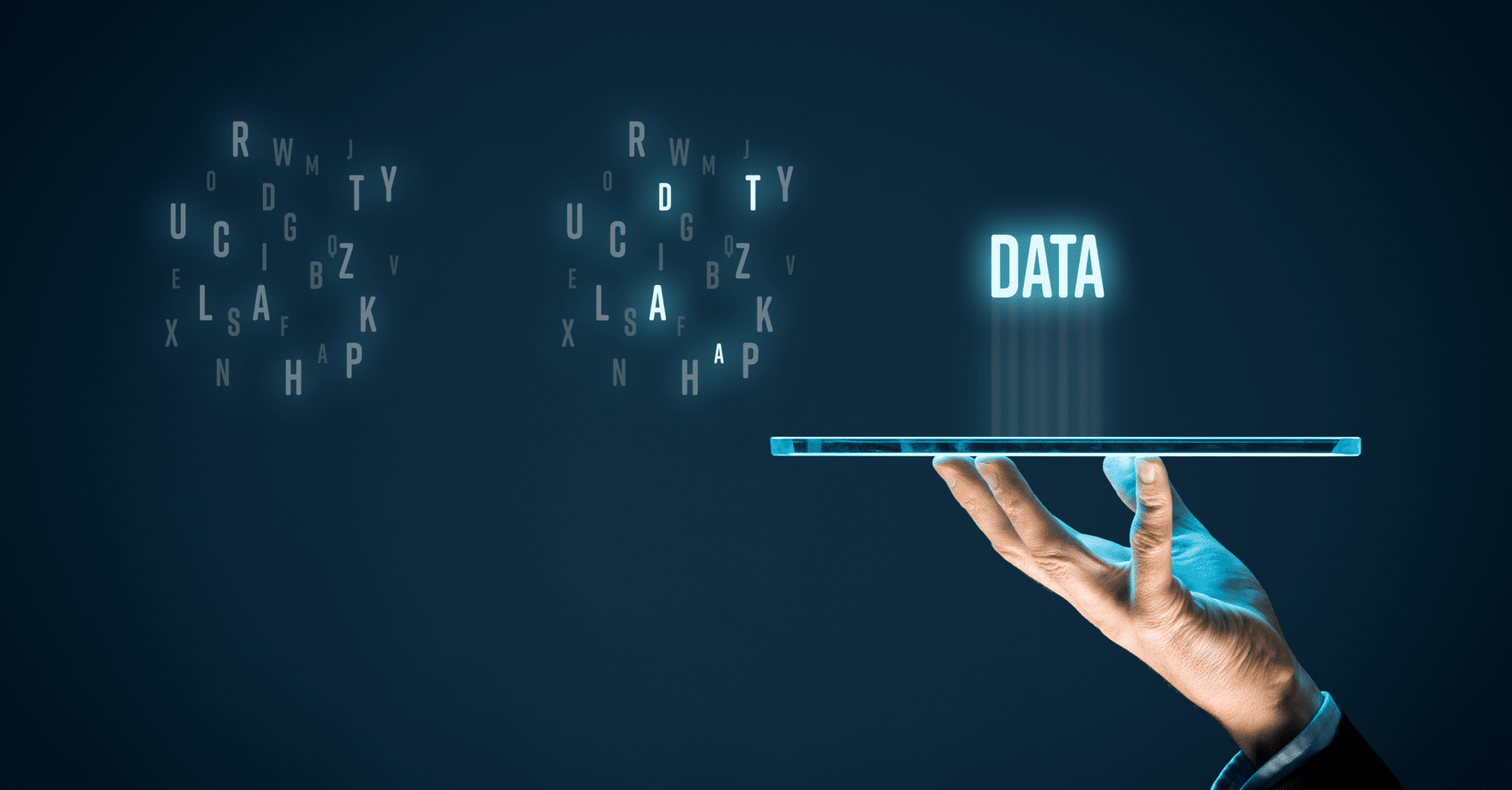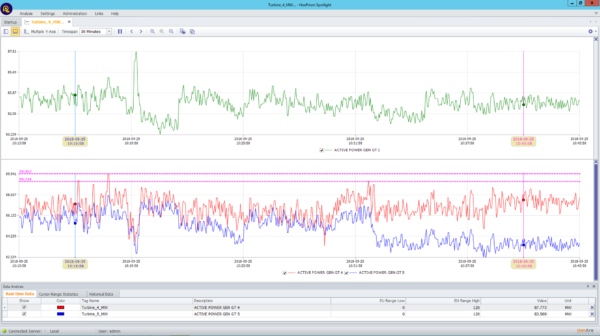Current data historians go beyond their name. At the core is the historian database. Historian software collects real-time data from equipment and archives the data into the database. Luckily for organizations, software providers understand that historian software must offer more than just data storage. The top data historians provide historical and real-time data without loss, built-in data visualizations, data collaboration tools, automated reporting, and APIs.
There are different types of industrial data historians: from SCADA historians to enterprise data management systems and from cloud-based to server-based historians. With industry 4.0, smart factories, and smart plants, the industry is experiencing an organizational shift that makes data a tool for all levels of the organization. Through data, we believe plants achieve stable plant operations, simple management, fast analysis, effective collaboration, and efficient operation.
When completing a process historian software comparison, do your due diligence in selecting the technology but also how your organization will leverage the information to improve the decision-making process and to help achieve operational excellence. Here are some things to consider when evaluating data historians.
Built-In Data Historian Tools
The purpose of a historian is to provide valuable information, so historian data is necessary but not sufficient. Different historians provide a range of built-in tools. Evaluate the ease of using the tools as well as the effectiveness for your operations. Some types of built-in tools include:
- Historical and real-time trends
- Calculation scripts
- Alarm management
- Historical and real-time process graphics
Data historian trend
- Comparison trends
- Excel add-ins
Not all features will be useful for all layers of the organization. Different people may use specific features in the historian, so when discussing historians, bring in different departments and perspectives. In general, a tool that can serve the entire organization is a dashboard. All layers can benefit from monitoring important systems, equipment, or tags in an easy to view format.
Pro-Tip: built-in tools are meant to make your life easier. Automated built-in tools are even better. Think about how you can automate your data reporting. Does your historian provide a template capability where you can easily update daily, weekly, and monthly reports? This will save you time and headache.
Historian Software Architecture and Data Security
Historians typically sit within your system and architecture. Though software vendors can make recommendations regarding best practices and how to maximize their offerings, at the end of the day, it is up to you to determine what makes most sense for your system and organization.
Data security is of the utmost importance. Having a tool that turns data into actionable intelligence, but if it’s not secure, then at what cost? Though historians are not security software, understand how they will sit within your security framework and what steps they take to mitigate unwanted commands or changes. For example, uni-directional communication keeps historians from sending commands back into the plant.
In addition, historians should securely store the data without loss. Different providers use storage techniques including data historian compression and deadband techniques. Regardless of the method, there should be no unwanted loss and maximized data recall speed. You don’t want the historian to lose the data, and you also don’t want it to take too long to pull the data as you’ll get frustrated and won’t use it.
Software Tip: IT and OT are both important for the effectiveness and usability of data historians. Include both IT and OT members in the process. Similarly, your data historian provider should do the same as well.
Advanced Analytics and Roadmap
Plant historian software has changed and will continue to change. Plant historians are faster, more reliable, and better at transforming data into actionable intelligence than in the past. When evaluating historians, make sure they can effectively provide the basic historian capabilities but also other capabilities that would benefit your organization. For example, how does the software handle predictive analytics, pattern recognition, and forecasting? Some historians will include this with their software or have it as an add-on; others will provide it through their partner program.

Data historian dashboard visualization
When comparing plant historians, the roadmap won’t be the main decider, but it is useful information to have. Though historians have been around for a while, there is still room for improvements and advancements. Look for companies that are grounded in the now but have an eye to the future. Also, once you have selected and implemented a data historian, talk with your software vendor regularly to make sure you are kept up to date regarding feature additions and changes. Take advantage of what your plant historian has to offer from day one, not a year later.
Pro-Tip: ask your software vendor how you will receive software updates and put it in writing. When purchasing a perpetual license, you want your software to continue to be on the cutting edge. Typically, software vendors provide updates through M&S, but this will be an additional cost to include in your cost comparison. With software, it is about the initial software cost but also the ongoing costs and human capital to keep the software running and working.
To learn more about our data historian, check out HanPrism! Contact us to start your digital transformation journey by implementing the foundation for a smart plant, a data management solution.


